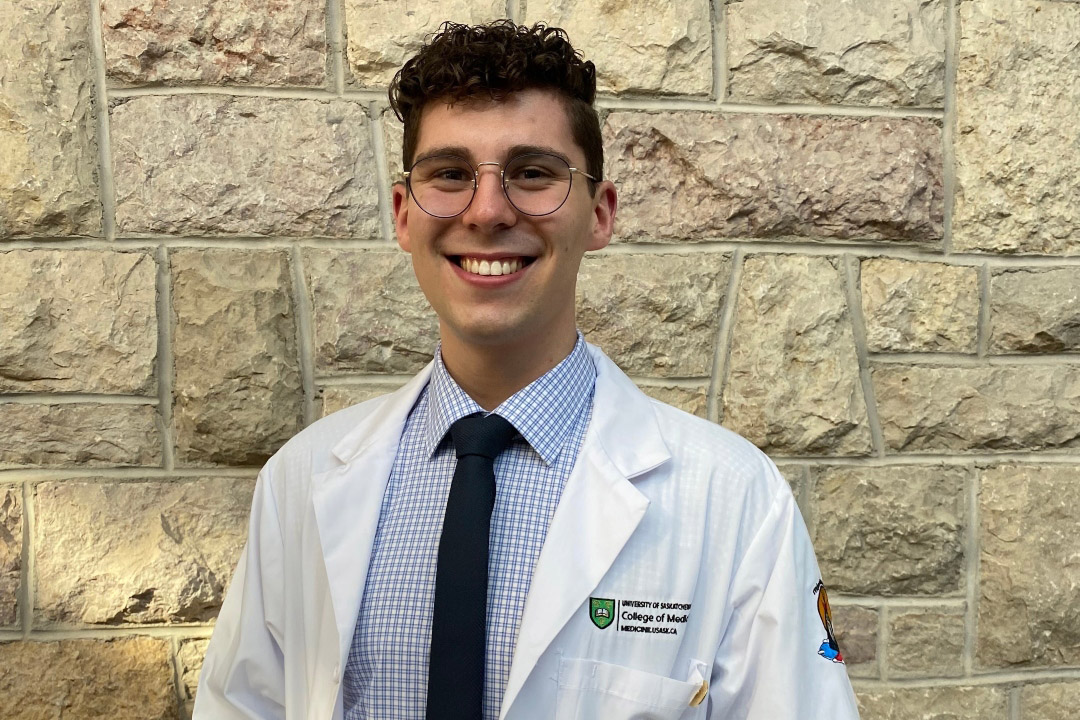
USask researcher examines how our bodies regulate water
You’re outside exercising in the sun and find yourself suddenly covered in sweat. Obviously, you are losing water. So how does your body retain enough water to keep its internal operations running smoothly while helping you to cool off at the same time? And how does it maintain this state for extended periods of time?
By BROOKE KLEIBOERUniversity of Saskatchewan (USask) physiology researcher Kirk Haan and his research team have identified a chemical signal that allows the body to sustain water regulation changes over longer periods, such as one hour or more.
“Lots of research has been done on minute-to-minute changes in salt concentrations that occur in our blood when we drink fluids, eat salty snacks, or get overheated,” said Haan. “However, there is no clear explanation for how the cells that regulate these changes can remain active for many hours, days, or weeks when our body fluids become unbalanced for these longer periods of time.”
These conditions are usually short-lived – but this is not always the case.
A hormone called vasopressin helps the body retain more water when needed. Vasopressin release causes outcomes such as helping the body to retain water by reducing the amount of urine produced by the kidneys.
“Problems with water balance are some of the most prevalent issues in our health care system, especially in elderly and chronically ill populations,” said Haan. “This research can potentially lead to the development of new preventive and treatment strategies for these patients to decrease the burden on our health care system financially and to improve patient outcomes.”
A group of cells in the brain called magnocellular neurosecretory cells (MNCs) are responsible for signaling the body to release vasopressin when more water is needed.
Haan’s study investigated the mechanisms responsible for allowing MNCs to signal the body for extended periods of time. Researchers found a new chemical signaling pathway required to activate MNCs, helping them to understand how minute-to-minute water regulation occurs in the body. They used a novel laboratory technique to explore this information and determined how the body potentially regulates water over a longer term.
Haan developed the research techniques used in the study and conducted experiments and data analysis. Some findings from the study were published in the Journal of Neuroscience in 2021, with plans to submit more results for publication soon. The work was supervised by USask College of Medicine professor Dr. Thomas Fisher (PhD).
“USask has world-class facilities and researchers that are world leaders in their fields. This work contributes to the already high calibre of research produced by USask’s neuroscience cluster,” Haan said.
Haan is currently in medical school and will begin his doctorate degree in anatomy, physiology and pharmacology in 2023. He is on track to graduate from the USask Doctor of Medicine program in 2028.
When it comes to his career, Haan has big plans.
“My plan is to complete an MD-PhD through USask and pursue a career as a clinician scientist,” he said. “I would like to work in some form of pediatrics, particularly neurology or otolaryngology (ENT) while performing neuroscience research.”
The research was funded by the Natural Sciences and Engineering Council of Canada and the College of Medicine.
This article first ran as part of the 2022 Young Innovators series, an initiative of the USask Research Profile and Impact office in partnership with the Saskatoon StarPhoenix.

